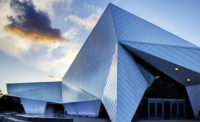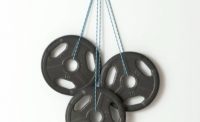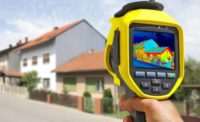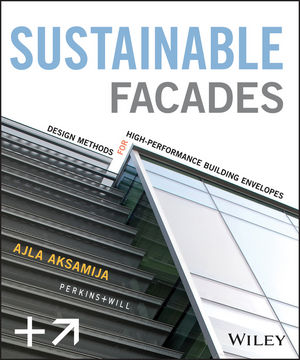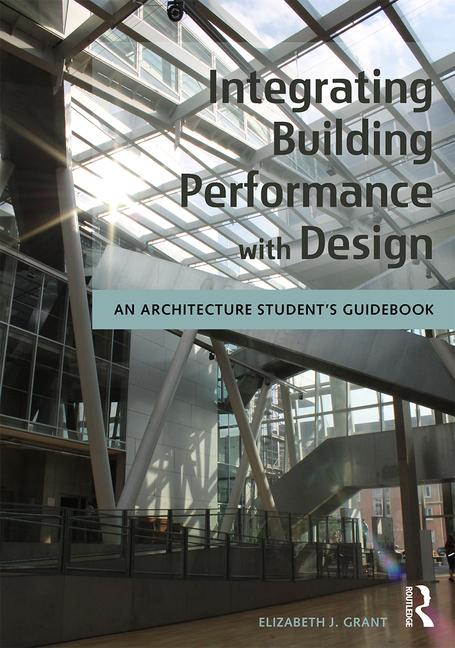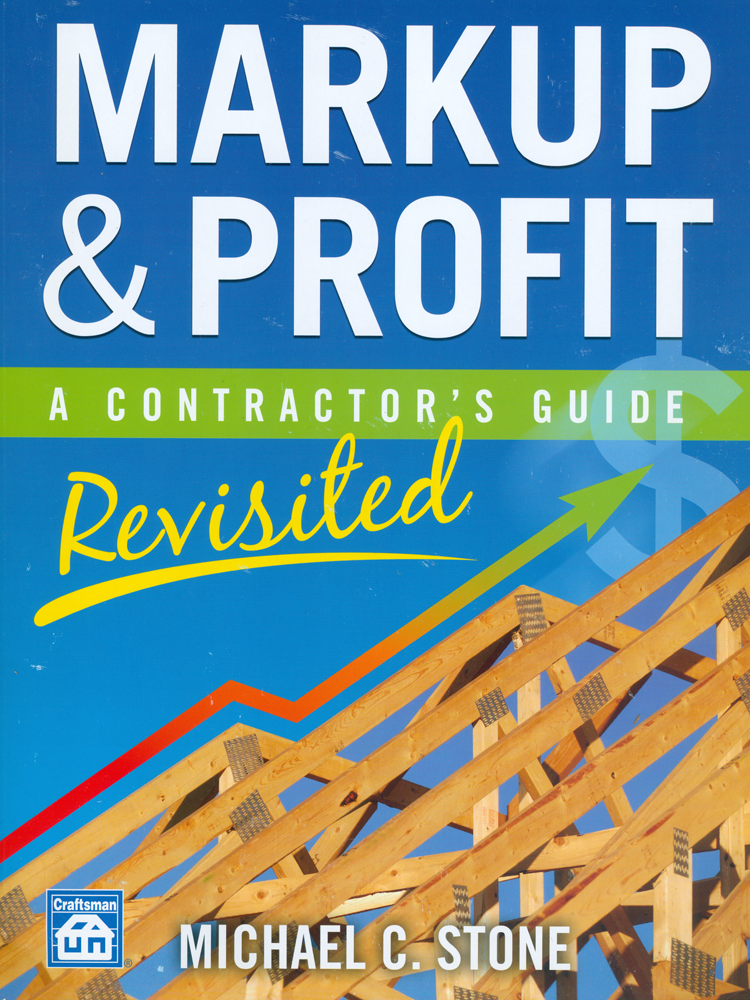
Jim
Nicolow is the Director of
Sustainability for Lord, Aeck & Sargent. Photo courtesy of Lord, Aeck & Sargent
Jim Nicolow’s charge is to improve the environmental performance of the buildings he designs and the architectural firm he works for.
Nicolow, 41, AIA, LEED AP, is the Director of Sustainability for Lord, Aeck & Sargent with offices in Ann Arbor, Mich., Atlanta, Ga., and Chapel Hill, N.C.
“I began in the Atlanta office for my first eight years, and have been in Michigan for the past five years working with all three of our offices,” said Nicolow, who oversees efforts to continuously improve buildings’ environmental performance.
On the design side, Nicolow’s work ranges from leading eco charrettes on individual projects to developing green design norms and practices for all his firm’s projects to business development activities such as pursuing deep-green project opportunities.

On the operations side, Nicolow works with a sustainability task force to make sure office operations are as green as possible.
“We strive to lessen the environmental impact of our day-to-day operations with efforts such as purchasing green office supplies, energy-efficient office equipment, and most recently upgrading our track lighting with more efficient LED lamps,” he said. “I’m particularly proud that we have been a carbon-neutral operation since 2007, purchasing renewable energy for 100 percent of the needs of our three offices and supporting reforestation projects to sequester the emissions of all work-related air travel and personal vehicle travel emissions.”

LEED Certification Effort
Nicolow was drawn to Lord, Aeck & Sargent over 13 years ago based on the firm’s reputation for ecological design.“I soon became the designated ‘green guy’ in the office, a position that has since developed into my current, principal-level, Director of Sustainability position,” he said. “When the LEED Rating System was introduced about 10 years ago, we made the strategic decision that LEED should be integral to the design process rather than an outside service provided by a consultant.”
When the LEED Accredited Professional Exam was introduced in 2001, Nicolow became the first member of the firm to become a LEED AP and began leading the certification efforts as well as developing educational programs to expand the firm’s ranks of LEED APs (now numbering over 60).
“I have had the great fortune to successfully participate on projects that have achieved all four levels of LEED certification (certified, silver, gold, and platinum), as well as certification under the three dominant rating systems (LEED for New Construction and Major Renovations, LEED for Existing Buildings Operations and Maintenance, and LEED for Commercial Interiors),” Nicolow said. “I am most proud of our involvement with the LEED Platinum certified Southface Eco Office, which was designed and constructed to be a green commercial demonstration project that is a ‘Noah’s Ark’ of sustainable design strategies.
“Based upon the recommendations of our sustainability task force to ‘walk the talk’ we also achieved LEED certification for our own most recent office expansion (LEED-CI Silver for the expansion of our Atlanta office).”

Jim
Nicolow and his family recently vacationed in the Cook Islands and in Japan. Photo
courtesy of Lord, Aeck & Sargent
The Pulse of Sustainability
Nicolow said his firm has been fortunate to receive numerous project-specific national green design awards over the years, such as the Sustainable Building Industries Council’s “Beyond Green” award, and several citations from Environmental Design + Construction magazine’s “Excellence in Design” awards program.“But the two that I found most gratifying were given to acknowledge firm-wide sustainability commitments rather than the merits of particular projects,” Nicolow said. “The Construction Specifications Institute conferred their ‘Institute Award for Environmental Sensitivity’ to recognize our routine integration of sustainability into our day to day operations.”
Also Building Design & Construction magazine recently selected Lord, Aeck & Sargent for their “Best AEC Firm to Work For.”
“Our sustainability efforts were one of the three criteria,” said Nicolow, who was named as one of Building Design & Construction magazine’s “40 Under 40” a few years ago.
“Sustainability has been a personal passion since attending architecture school, but during my tenure at Lord, Aeck & Sargent it has also become a competitive necessity,” he said. “The market has - surprisingly rapidly - shifted to embrace sustainable design. As a practice, that has meant transitioning from sometimes practicing stealth green design, where we made it as green as possible without having to ask the client’s permission, to actively competing to demonstrate we have the capabilities to achieve a client’s green design objectives. It’s been really gratifying to see how quickly change has come to what can be a conservative industry. But we have a long way to go.”

This
building is the Southface Eco Office. Photo courtesy of ©2009 Jonathan
Hillyer/Atlanta
Impact of Green Projects
Roofs can have a huge impact on building energy performance as well as aesthetics, Nicolow said.“Buildings receive a majority of summer solar radiation on horizontal surfaces, so the roof really is the fifth façade,” he said. “If the focus is energy alone, cool roofs are the least expensive option.”
Nicolow said his firm has designed half a dozen or more green roofs in recent years.
“Though they are more expensive, green roofs offer other benefits beyond reducing cooling loads - aesthetics, habitat, stormwater, and acoustics,” he said. “We installed both a cool roof and a green roof at the LEED Platinum Southface Eco Office, and the Southface Energy Institute will be continuously monitoring roof temperatures and runoff. I’m really eager to see that data.”
In August, Nicolow’s firm received LEED Gold certification for the Grand Bay Coastal Resources Center, headquarters for the Grand Bay National Estuarine Research Reserve on the Mississippi Gulf Coast.
“The project was started just before Hurricane Katrina tore through the Gulf, leading to extensive delays and redesign, but it was a very successful project in the end,” he said. “One of the key sustainability themes was ‘passive survivability.’ Aside from providing environmental benefits, many of the green design strategies and technologies incorporated are also beneficial when the supply of electricity is interrupted in this hurricane-prone region. Strategies such as daylighting, sun shading, operable windows, the Energy Star roof, and rainwater harvest all have environmental benefits, but it also help to make this facility more functional when power is interrupted (passive survivability).”
Green ratings systems like LEED can provide a great tool for measuring performance, but Nicolow advises designers not to get hung up on the point system.

This
building is the Grand
Bay Coastal
Resources Center. Photo courtesy of ©2009 Jonathan Hillyer/Atlanta
Still, Jim Nicolow isn’t in it just for sustainability and green roofs.
“I love being active outdoors,” he said. “I learned to snowboard and wakeboard after turning 40, and I just started kite boarding lessons this summer. I also love to travel with my family, especially to warm destinations with scuba diving.”



